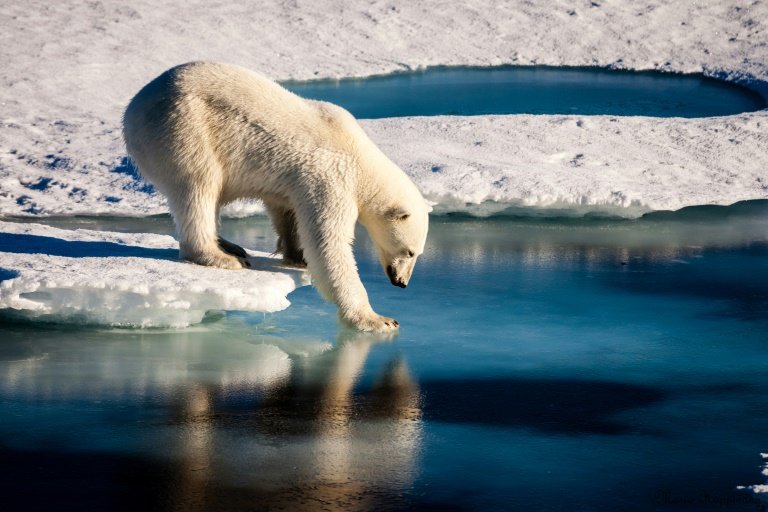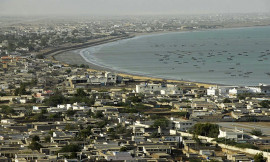
Persistent heat records have rattled the fragile Arctic for each of the past five years, a record-long warming streak, said the 2018 Arctic Report Card, released by the National Oceanic and Atmospheric Administration.
The mounting heat in the north is upsetting typical weather patterns, a trend that "coincides" with severe winter storms in the eastern United States and an extreme cold snap in Europe in March, it said.
"Continued warming of the Arctic atmosphere and ocean are driving broad change in the environmental system in predicted and, also, unexpected ways," warned the report.
"New and rapidly emerging threats are taking form and highlighting the level of uncertainty in the breadth of environmental change that is to come."
Arctic air temperatures for the past five years, from 2014 to 2018, "have exceeded all previous records since 1900," when record-keeping began, it said.
Saudi, US snub of climate report unsettles UN talks
This warming trend "is unlike any other period on record," said the peer-reviewed report compiled by 81 scientists working for governments and academia in 12 nations.
During the latest period studied, October 2017 through September 2018, annual average temperature in the Arctic was 3.1 Fahrenheit (1.7 Celsius) higher than the 1981–2010 average.
"The year 2018 was the second warmest year on record in the Arctic since 1900 (after 2016)," it said.
The Arctic also saw the second-lowest overall sea-ice coverage and the lowest recorded winter ice in the Bering Sea.
"One of the more remarkable features of Arctic sea ice in 2018 was the dearth of ice in the Bering Sea, which was at a record low extent for virtually the entire 2017-2018 ice season," said the report.
The Arctic continues to heat up at twice the rate of the rest of the planet, but the effects are far from isolated and are now spilling over into the mid-latitudes.
We are running out of time, PM's advisor on climate change tells COP24
That's because a warmer Arctic reduces the north-south temperature difference, which provides the main fuel for the polar jet stream, or a river of strong wind, at levels where jet aircraft fly, NOAA said.
In this warming environment, the jet stream has become wavier, a pattern that "allows warm air to penetrate farther north and cold air to plunge farther south, compared to when the jet is strong and relatively straight," said the report.
Scientist now see evidence that this changing jet stream may be sparking extreme storms.
"Growing atmospheric warmth in the Arctic results in a sluggish and unusually wavy jet-stream that coincided with abnormal weather events in both the Arctic and mid-latitudes," said the report.
"Notable extreme weather events coincident with deep waves in the jet-stream include the heat wave at the North Pole in autumn 2017, a swarm of severe winter storms in the eastern United States in 2018, and the extreme cold outbreak in Europe in March 2018 known as the Beast from the East.'"
The warmer Arctic temperatures are wreaking havoc on the Arctic ecosystem, decimating reindeer and caribou populations, allowing harmful algae blooms to move northward and sickening marine life, said the report, now in its 13th year.
"Considerable concentrations of algal toxins have been found in the tissues of Arctic clams, seals, walrus, and whales and other marine organisms," it said.
Even though melting ice has freed up more land for grazing, herds of caribou and wild reindeer across the Arctic tundra have declined by nearly 50 per cent over the last two decades, for reasons that aren't well understood.
Another emerging threat in the Arctic involves marine microplastics.
"A recent global survey of marine microplastics revealed that concentrations in the remote Arctic Ocean are higher than all other ocean basins in the world," said the report.
Ocean circulation patterns could be to blame for delivering particularly high levels of microplastics in the Greenland and Barents seas.
This microplastic contamination "has increased over the last decade and pose(s) a threat to seabirds and marine life that can become entangled or ingest debris."














































COMMENTS
Comments are moderated and generally will be posted if they are on-topic and not abusive.
For more information, please see our Comments FAQ